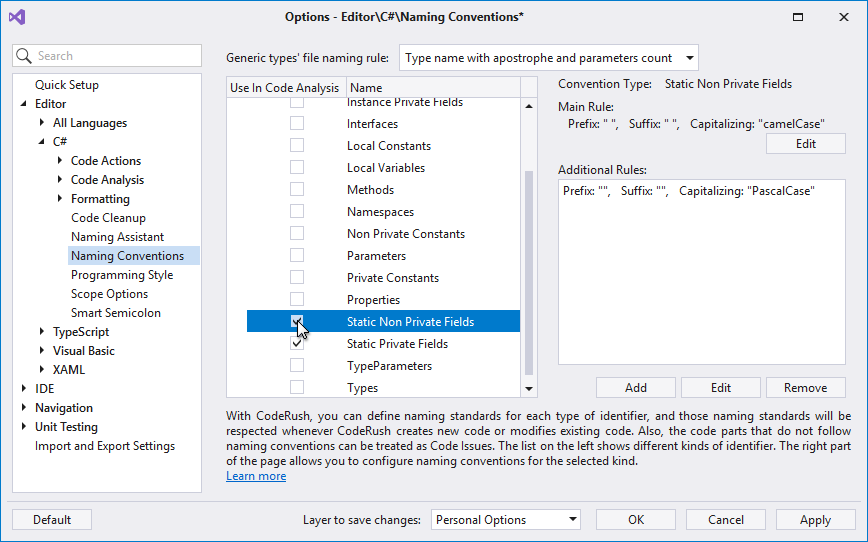
Typically, this property must be set to the form that owns editors. The DXErrorProvider will monitor the data source for errors, and if errors are associated with specific properties, will display error icons within the corresponding bound editors.įor error icons to be displayed correctly, the DXErrorProvider.ContainerControl property must be set to the control that contains bound editors.


create a DXErrorProvider component, and bind it to the data source (a collection of business objects) via the DataSource and DXErrorProvider.DataMember properties.Errors need to be provided using the IDXDataErrorInfo.GetPropertyError method. implement the IDXDataErrorInfo interface for a business object (a class that represents a record in the data source).To implement value validation on the data source level, and visually indicate errors in bound editors, do the following: When this icon is hovered over, an error description will pop up. As a result, the bound editor will display an error icon. If a specific property’s value doesn’t match specific requirements, an error can be associated with this property. Values of bound editors can be validated on the data source level. When testing Developer Express PropertyGridControl controls, you can use properties and methods specific to these controls, as well as properties and methods that TestComplete applies to tested objects, onscreen objects and window objects.Public Property DataSource As Object Property Value TypeĪn object which represents the data source. If the specified custom control does not fit the control’s type, then it may not properly respond to commands that TestComplete sends, so recording or playing back user actions over the tested control will cause errors. Once the control is mapped, it gets all the properties, methods and actions specific to the Developer Express PropertyGridControl control. For detailed information, see Object Mapping. TestComplete will retrieve the control’s class name and add it to the selected mapping group automatically. As an alternative, you can click Add From Screen and select your custom control on screen. If you do not know the control’s name, you can ask the control’s developers, or you can view the control’s ClrFullClassName property in the Object Browser panel. Open your project’s Object Mapping options.Īdd the control’s class name to the Developer Express Controls | WinForms | PropertyGridControl group. To command TestComplete to recognize your custom controls as Group.) If the plugin is not available, run the TestComplete installation in the Repair mode.

#DEVEXPRESS ERRORPROVIDER INSTALL#
If you experience issues when working with the controls, select File > Install Extensions from the TestComplete main menu and check whether the plugin is active. This plugin is installed and enabled automatically as part of the TestComplete Desktop module. Support for the Developer Express PropertyGridControl controls is implemented by the Developer Express Control Support plugin. You can also command the test engine to recognize custom controls as Developer Express PropertyGridControl controls. The control’s class name must be specified in the Developer Express Controls | WinForms | PropertyGridControl group of your project’sīy default, this group contains the following item:
#DEVEXPRESS ERRORPROVIDER LICENSE#
You must have an active license for the TestComplete Desktop module. In order for TestComplete to be able to work with Developer Express PropertyGridControl controls, the following requirements must be met: Supported component versions: Developer Express XtraVerticalGrid ver. It provides special properties and methods that let you retrieve the controls data and simulate user actions on the controls (see below). TestComplete can recognize Developer Express PropertyGridControl controls in.


 0 kommentar(er)
0 kommentar(er)
